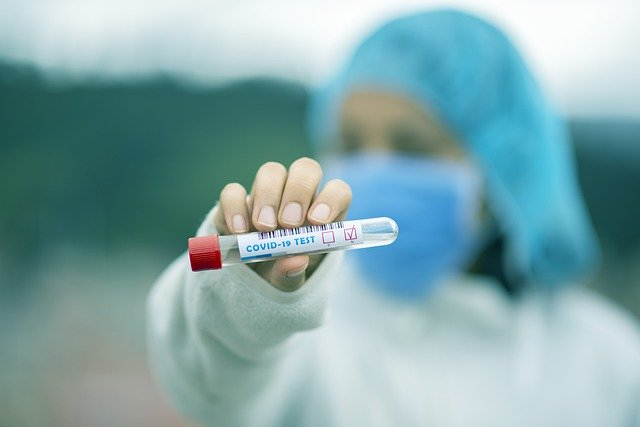Singapore exited circuit breaker on June 2 and entered Phase 1 of normalcy in the ongoing Coronavirus pandemic, social distancing has been the biggest challenge in just a day. Crowded public transport, shopping centres and not wearing a mask are once again normal now. Considering the pandemic is still on and a vaccine is far away, Singapore has launched a drive-through test spot at the One Farrer Hotel.
Draped in full personal protective (PPE) gear, testing assistants will take swab samples at the parking lot, where the cars need to enter first. The passengers are not allowed to get down. Once the other testing assistants collect the samples, the cars need to drive away.

While it is unknown why the hotel was chosen as the test site, its location and size help the cause as its parking lot is located in an isolated area and it is close to the Farrer Park Hospital. The hotel has been turned into a temporary hospital facility to tackle the pandemic patients since April.
Although it is not clear if there are pre-determined criteria to select people for testing, the hotel general manager Gilbert Madhavan told media that the "relevant authorities have deliberated on who are selected for testing based on public health priorities". The Health Promotion Board (HPB) said that the drive-through testing is being used to "ensure the continuity of critical functions and services".
Drive through in other countries
In March this year, South Korea set an example of a drive-through test for the rest of the world. There, the fast and efficient testing for COVID-19 helped the country tackle the pandemic quickly. South Korea was able to test 250,000 people in two and a half months with the extensive testing and the drive-through facility.
Similarly, in the Indian state of Chandigarh, drive-through testing kicked off last month while Qatar, the U.S, Canada and China among many other countries successfully applied the procedure which takes about 10 minutes to complete.
In Wuhan (China), where the virus originated, authorities tested nearly 11 Million people in just two weeks' time. Drive through and makeshift tents to collect throat swabs samples enabled them to achieve the feat in record time.
Dr Dena Grayson, an American pandemic expert, who worked on the 2014 Ebola outbreak, felt that drive-through was an effective way to intensify testing as it could catch an infection early. However, she told the media that it needed to be free in order to facilitate mass testing and isolate cases.

Scaling up testing capacity
On June 3, Singapore confirmed 569 new cases of COVID-19 and in the last few days, the numbers have remained constant at over 500 cases per day while the total cases in the world reached 6,385,900. The death toll reached over 380,300 globally. Thus, swift and efficient testing like drive-through and swab booths would help the government scale up testing efforts as the Health Minister Gan Kim Yong reiterated last month.
"We will also test more people and monitor to pick out asymptomatic and pre-symptomatic cases among priority groups such as nursing home residents and staff to prevent clusters from developing," he said in a statement last month.








